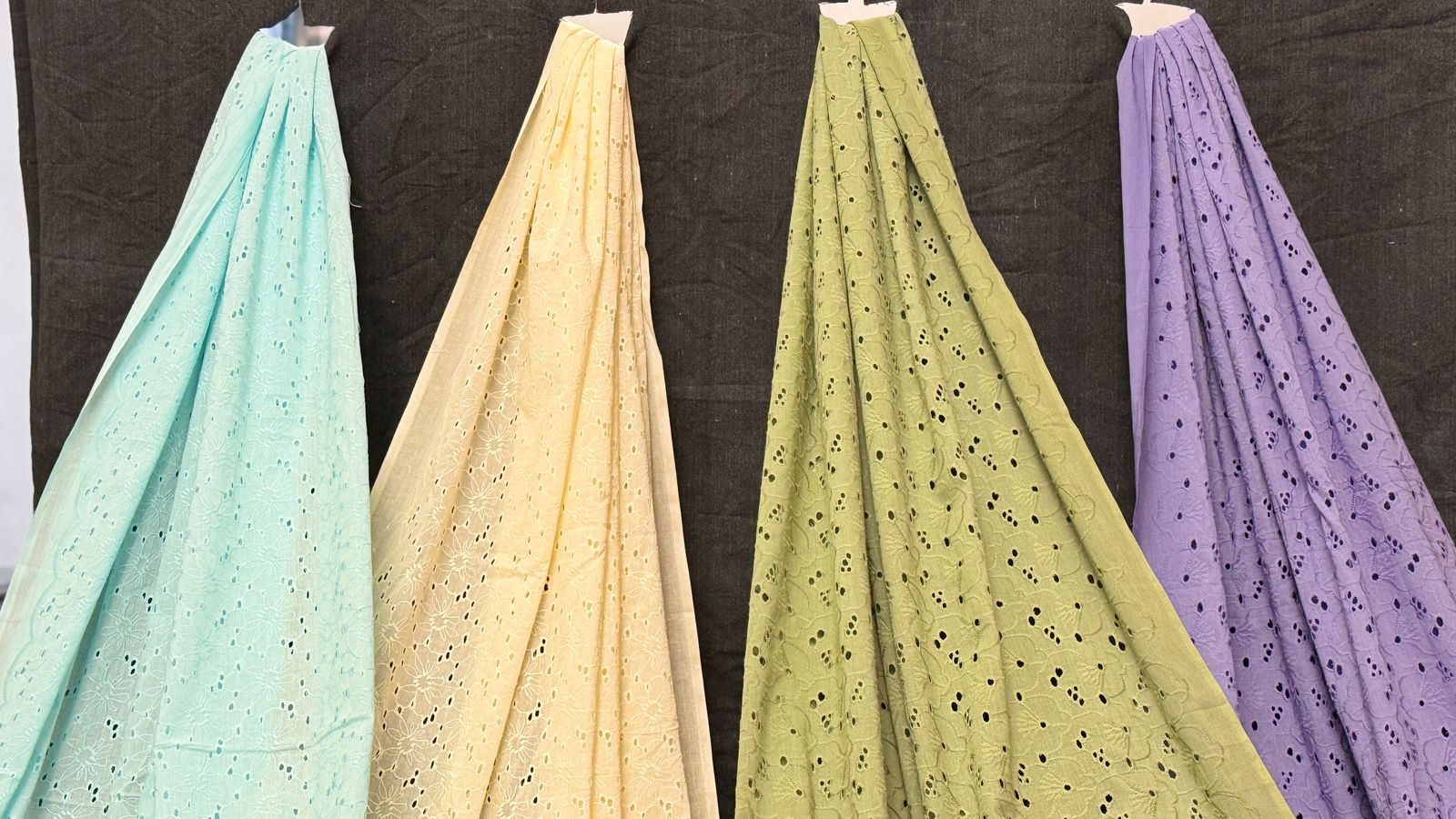- Home
- Blogs
- FabCouture
- Understanding Fabric GSM: A Quick Guide for Buyers & Designers
- Understandin...
Understanding Fabric GSM: A Quick Guide for Buyers & Designers
- By FabCouture
- • Apr 24, 2025

When shopping for fabrics—whether online or at a store—you’ve likely come across the term GSM. It’s an essential factor for both buyers and designers to consider, yet it’s often overlooked by those new to textiles. Knowing the GSM (grams per square meter) of a fabric can help you make smarter choices when selecting material for everything from flowy dresses to structured blazers.
At Fabcouture, we understand how critical it is to choose the right fabric with the perfect weight and feel. That's why we've created this quick and simple guide to help you decode GSM and how it affects your final garment.
What is GSM in Fabrics?
GSM (grams per square meter) measures the weight of a fabric. It tells you how much a square meter of the fabric weighs and is a key indicator of its thickness, density, and durability.
- Lightweight fabrics: 30–150 GSM
- Medium-weight fabrics: 150–350 GSM
- Heavyweight fabrics: 350+ GSM
In general, the higher the GSM, the heavier and more structured the fabric.
Why GSM Matters to Buyers and Designers

Understanding GSM helps you avoid guesswork and ensures the fabric aligns with the intended purpose of your design.
- Drape & Movement: Lower GSM fabrics like chiffon or georgette have a soft drape and gentle flow. Heavier GSM fabrics like denim or velvet are structured and stiff, perfect for coats or lehengas.
- Opacity & Coverage: Higher GSM fabrics provide better coverage and less transparency. Lightweight materials may require lining, especially for formal wear.
- Comfort & Climate Suitability: Lower GSM fabrics are breathable and ideal for summer, while higher GSM fabrics offer insulation and warmth for winter outfits.
- Tailoring & Fit: Heavier fabrics hold their shape better and are ideal for garments that require form and structure.
Common Fabrics and Their Typical GSM Range
Fabric Type | Typical GSM Range | Usage Example |
Cotton voile | 50–100 GSM | Summer dresses, lining material |
Rayon | 130–200 GSM | Kurtas, tunics, western wear |
Silk blends | 80–150 GSM | Sarees, festive wear |
Georgette | 60–120 GSM | Blouses, flowing dresses |
Velvet | 250–400+ GSM | Winter jackets, lehengas, blazers |
Linen | 150–350 GSM | Shirts, sarees, ethnic co-ord sets |
Denim | 300–500 GSM | Jackets, structured pants |
How to Choose the Right GSM for Your Project
- Know the Occasion – Formal outfits often require medium to heavyweight fabrics for structure and elegance.
- Think Seasonally – Use lightweight GSM for summer and heavier options for winter wardrobes.
- Consider Drape and Fall – Choose GSM that supports the garment’s desired silhouette.
- Match GSM with Design Purpose – A flowing gown vs. a sharp blazer will need completely different weights.
Explore Fabrics by GSM at Fabcouture
At Fabcouture, we make fabric shopping easier by mentioning GSM on our product listings wherever possible. Whether you’re a boutique owner, a fashion designer, or an individual planning your next outfit, understanding GSM helps you shop smarter and sew better.
🧵 Browse our curated collections of:
🎯 Need guidance choosing the perfect fabric? Call us at +91 9999064620 for expert assistance or custom stitching services.
Final Thoughts
Whether you're buying fabric online or selecting swatches for a design, GSM is one of the most valuable metrics to keep in mind. It helps define the garment’s drape, fit, comfort, and durability. With Fabcouture, you’re not just getting beautiful fabric—you’re getting informed choices backed by quality and customer support.
Leave a Comment
Blogs
Popular Posts
Newletter
Thanks for subscribe.

Fabcouture is an online fabric store to satisfy all your couture fabrics cravings for fabric connoisseurs. We delight in the fact that we source...
0 Comment